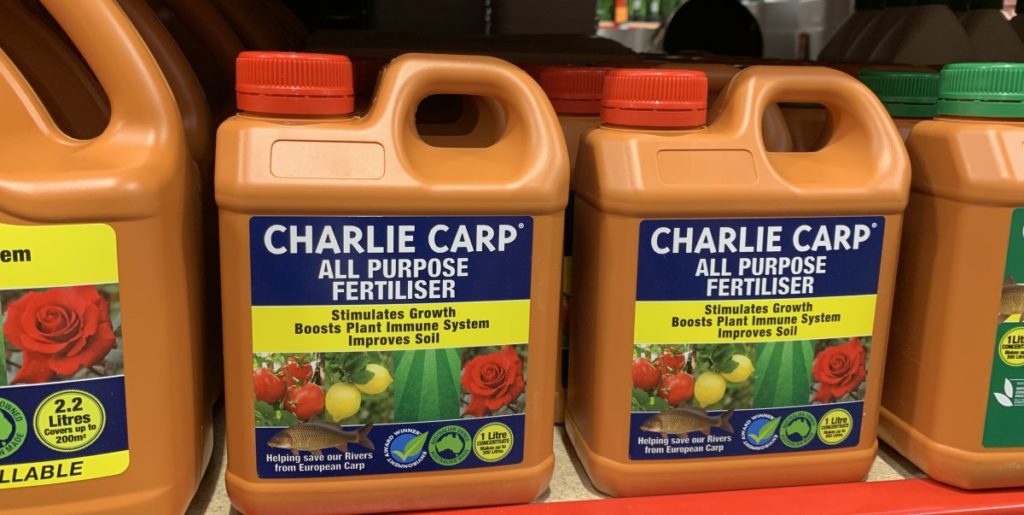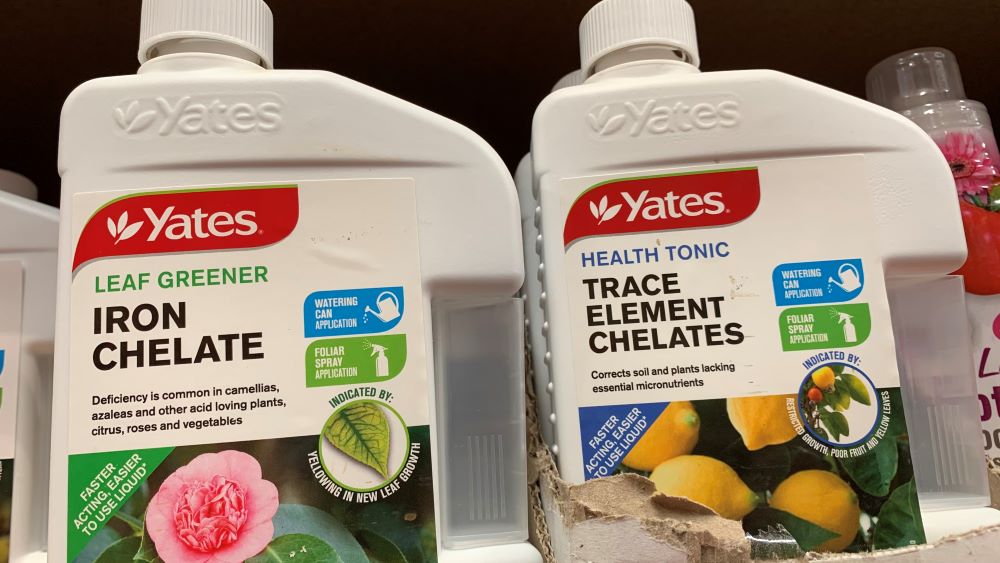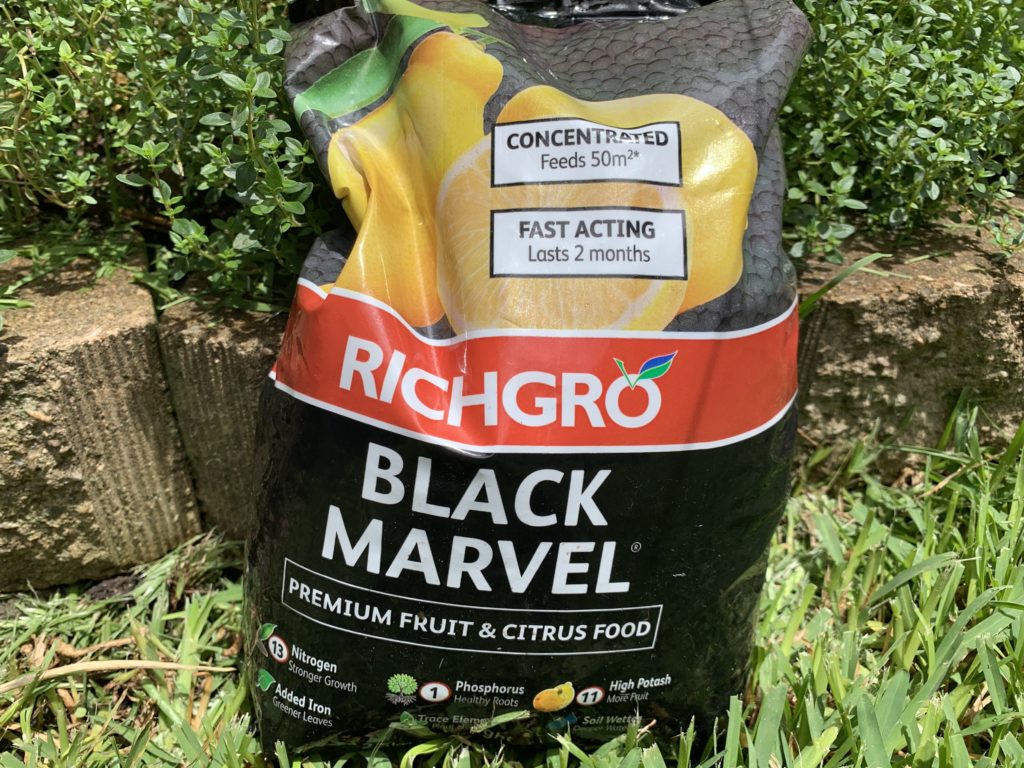To grow anything successfully or to keep your lawn nice and healthy, you’ll need fertilizer. There are many different types of fertilizer because each vegetable, fruit, plant, or grass is different and has different nutritional needs.
Mixed fertilizer can last anywhere from a few days to a week. Once soluble fertilizer has been mixed into water it needs to be stored in a shaded position, in a air-tight container and mixed or stirred before it is used again.

Some of the nutritional value can be lost if it is exposed to sunlight or air if it is not stored properly. This article will explore all you need to know about keeping fertilizer once it has been mixed including how long it lasts and the best way to store it.
Storing Fertilizers – How to keep them in the best condition
When it comes to how to correctly store a fertilizer or how long to store it, a lot depends on the type. It also depends on whether it’s still in the package or has already been diluted and it’s ready to be used.
If the fertilizer has already been diluted, most manufacturers will indicate how long it will last after this time. This can be anywhere from a few days to a few weeks. Some companies recommend not storing the fertilizer at all but instead throwing it away if not all of the fertilizer is mixed.
Though different fertilizers last different amounts of time, here are some basic life expectancies of some of the most popular ones:
| Fertilizer Type | Storage Time |
| Liquid fertilizer – unopened | Up to 10 years |
| Dry crystallized fertilizer | No expiry |
| Dry granular fertilizer | No expiry |
| Liquid organic fertilizer | 5 to 8 years |
| Liquid mineral fertilizer: | Up to 10 years |
| Microbial inoculants | 2 years |
| Weed and feed fertilizer: 4 years | 4 years |
Liquid Fertilizer Storage
Liquid fertilizer can be stored up to ten years if you haven’t opened the package. Keep it in a dark cool place so that it doesn’t spoil in the meantime. It should also be kept away from extreme temperatures.

Inorganic Granular Fertilizer Storage
If you choose granular fertilizer, there is usually no expiration date, but you’ll want to check the label just to be sure. Always store this type of fertilizer according to the manufacturer’s directions so you can keep it much longer. If you open the package but don’t dilute the fertilizer, you can still count on it lasting the way it would if it was still unopened, provided you’ve stored it properly.

Once you open dry fertilizer but choose not to dilute it, make sure that it’s kept in a cool dry place and if possible, placed in a dark container. The ideal temperature for the fertilizer is around 77 degrees Fahrenheit, which means that keeping the fertilizer outside is usually not recommended (remember, extremes in temperature are bad for fertilizer).
The container needs to be one that can be closed tightly so that no moisture gets inside of it.
These rules also apply to liquid fertilizers, but you’ll want to check the label. Keep them away from light, extreme cold or heat, and moisture means to help them last longer.
Plant and Grass Fertilizer Types and Applications
Fertilizers usually come in either powder, liquid, or granular form. Both liquid and powdered fertilizers are usually diluted with water before you apply them, while granular fertilizers can be put directly on top of the soil. The nutrients are released when the fertilizer is watered and continues to release over weeks to months.
Liquid fertilizer can be applied diluted in a bucket, watering can or instantly mixed with a hose attachment. Powdered or granular fertilizers can be spread by hand or with a fertilizer spreader.

With all fertilizers, it is important to read the back of the label, abide by the instructions printed on the label to get the best results.
There are four basic types of fertilizers all of which can be premixed and added to your garden.
1. Nitrogen fertilizers
When a plant or grass is growing, nitrogen is an important nutrient. This is especially true when it first starts growing and developing leaves and stems and needs nitrogen to grow bigger. Some fertilizers are made up mostly of nitrogen and can be mixed into water in liquid form or added in granular form.
2. Organic and inorganic fertilizers
Organic fertilizer is made mostly out of manure, compost, or similar plant and animal products. They tend to release slowly and will improve the soil slowly over time. Inorganic fertilizer contains chemicals but works quickly and is better for short-term growth.

3. Potassium fertilizers
Potassium helps strengthen your plants’ root system and can protect them from disease. If your plants or grass is turning brown or yellow on the edges of the leaves, this can be a sign that they need potassium.
4. Phosphate fertilizers
Plants and grass need phosphorus continuously to strengthen the roots and stems and improve the flowering or fruiting of the plant. If the plant doesn’t get enough of this nutrient, it will not grow as tall or as large.
The good news is that the right home-improvement or gardening store can easily recommend which type of fertilizer is best for your needs. You might even need to use more than one type, depending on what you’re growing and what condition it’s in.
5. Expired Fertilizer
If you’re wondering what to do with an expired fertilizer, it is always best to dispose of it as soon as possible. Expired fertilizer can cause either too much or too little of certain nutrients to get to the plants, which isn’t good for them. Expired fertilizer can do more harm than good, so if you want healthy plants or grass, always apply the fertilizer before its expiration date.
How Long Does Mixed Fertilizer Last? | Summary
Mixed fertilizer can last for a few days or a few weeks depending on how it is stored. Most organic liquid fertilizers will keep well in a sealed container in the shade. You can keep extra fish emulsion mixed up ready to go in a your garage or mix it up as you go. Inorganic fertilizers can be more unstable and may only last a day mixed up. Read the label and check before you make too much.
Happy growing.
I am an accredited practicing dietitian, experienced gardener and a dedicated cook. I love writing and sharing my experience so you can learn from my successes and mistakes.
